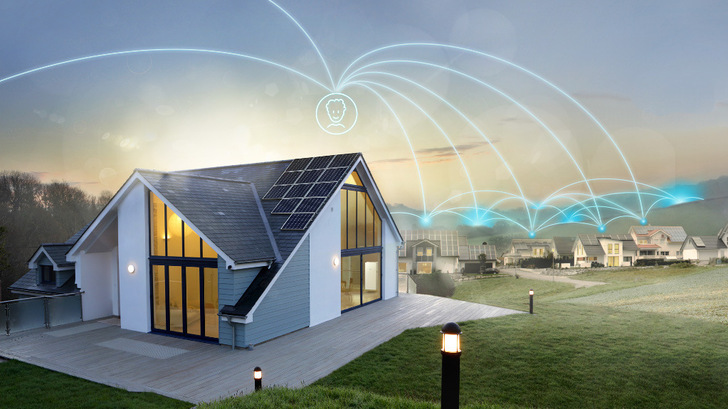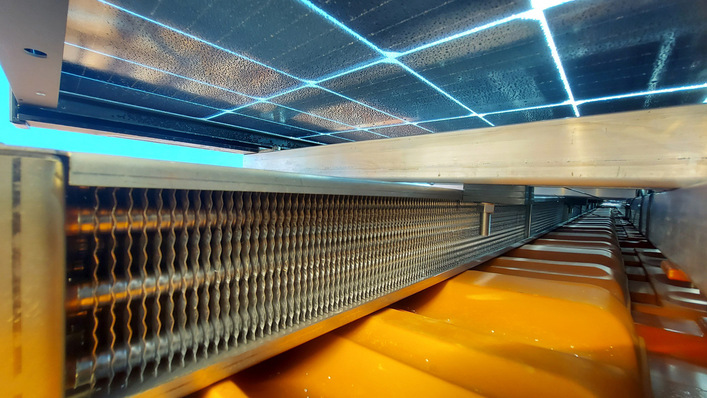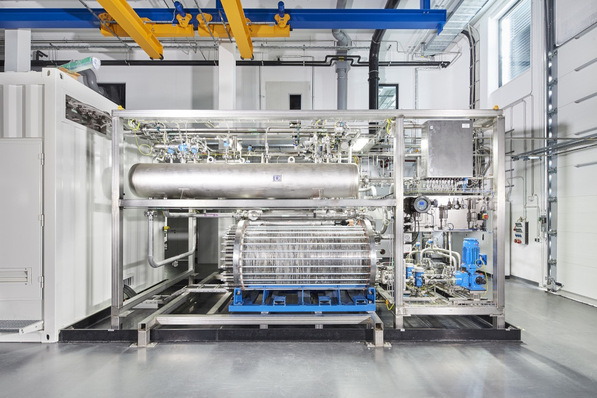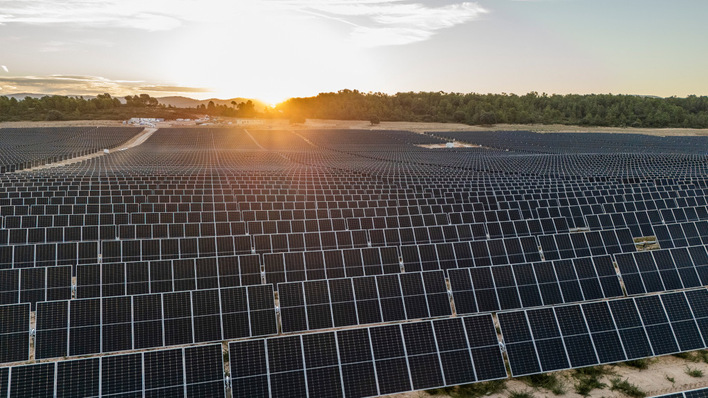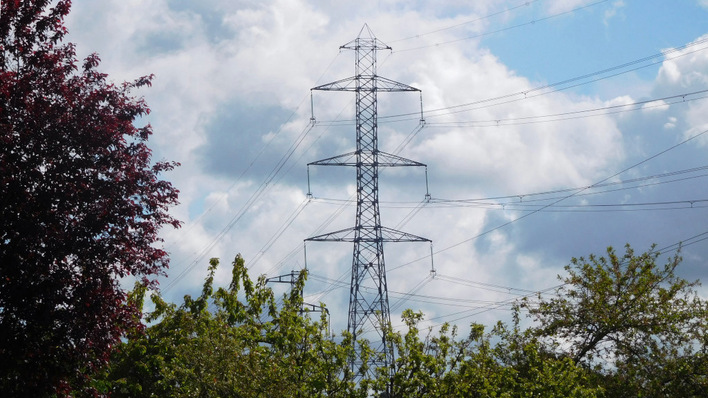If economically incentivised, the mutual buying and selling of electricity can reduce consumption peaks and avoid bottlenecks, so that grid stability benefits when intelligently controlled. In addition, the model of the Technical University of Munich (TUM) could be confirmed in the Base-V project. After that, it only takes a few households to get neighbourly energy trading going.
Electricity trading with neighbours is off to a good start
The seven test households in Dietfurt, Bavaria, were each equipped with a solar power system, a stationary battery storage unit and an e-car with charging station by the Sonnen company. The participants were able to buy or sell electricity via a central trading platform. The individual trading orders were executed via "smart contracts", which were processed via a blockchain gateway from the computer and communications specialist Moxa.
See also: Oliver Koch of Sonnen: "Growth is a major challenge"
Already today, more than 350,000 decentralised generation plants feed into the regional electricity grid of the distribution grid operator Bayernwerk Netz. The increasing number of decentralised solar systems on the generation side is being joined by more and more heat pumps and electric vehicles on the consumer side. Together with a high degree of simultaneity in consumption and generation, this represents a major challenge for the local grid," explains project manager Stefan Bergermeier from Bayernwerk Netz.
BDEW traffic light model for grid bottlenecks
The Base-V project can provide a positive outlook here. It has confirmed the TUM model, which predicted that with just seven households, the differences in consumption and generation behaviour would be so great that energy would be traded between them. Bayernwerk Netz supported grid stability by dynamically adjusting the grid charges.
The control was carried out according to the traffic light model of the Federal Association of Energy and Water Management in the case of grid bottlenecks in the electricity grid: When green, there are no restrictions. Those who have too much electricity can consume it themselves, feed it into the grid or sell it to their neighbour. In yellow, there is a threat of a grid bottleneck, which can be caused by high feed-in or consumption. In this case, the grid fee has been adjusted. At red, a grid operator must intervene immediately and prevent an acute grid overload through Redispatch 2.0.
Smart meters and economic incentives
In the field test, Bayernwerk Netz was able to reduce the probability of red light phases by dynamically adjusting the grid charges during the yellow light phase. Economic incentives thus automatically led to more grid stability. The flexibility of the stationary storage units and the electric vehicles played the decisive role.
Also interesting: 50 car-sharing electric vehicles to be used as power banks
A sophisticated energy management algorithm from TUM influenced not only the charging strategy of the stationary storage system, but also that of the EV. "To make such solutions accessible to people, we need a digital energy infrastructure in which smart meters are the absolute basic requirement. But also a regulatory framework that enables those economic incentives that have proven successful in the project," sums up Sonnen manager Susan Käppeler. (nhp/mfo)


